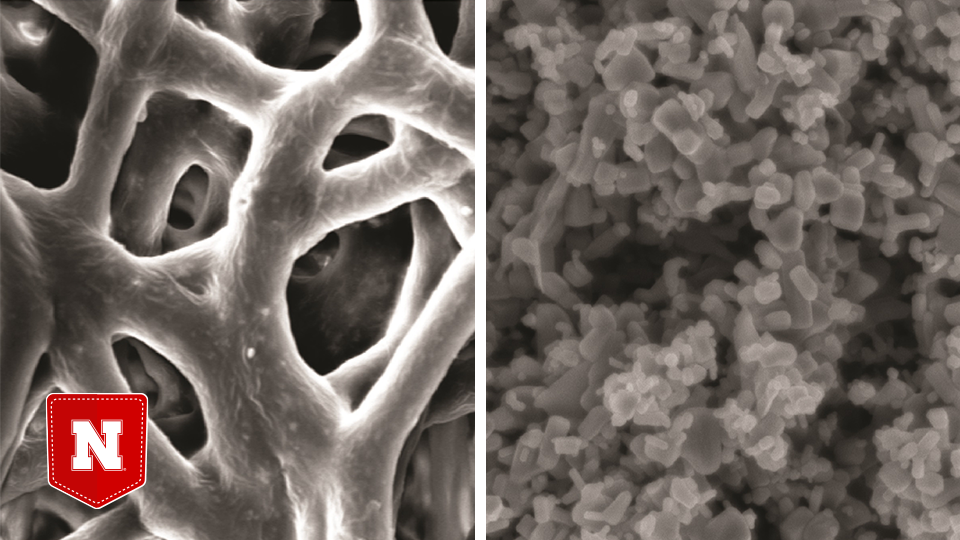· 2 min read
How can microscopic membranes fight gum disease?

Welcome to Pocket Science: a glimpse at recent research from Husker scientists and engineers. For those who want to quickly learn the “What,” “So what” and “Now what” of Husker research.
What?
Periodontitis – an advanced form of gum disease that breaks down tissue and bones housing the teeth – affects more than 70 percent of adults aged 65 and older. Engineers have devised various ways to combat the issue, one of which involves covering the gums with microscopic membranes that can halt the advance of bacteria and promote the regrowth of healthy tissue or bone.
Husker engineer Ali Tamayol, alongside colleagues from UCLA and Harvard Medical School, have now developed a flexible, biodegradable membrane made from a polymer containing nanoparticles of zinc oxide.
So what?
Existing biodegradable designs often struggle with some combination of several challenges: strong but time-controlled adhesion to the gums, bacteria-fighting capability and the reliable regeneration of essential cells.
Tamayol and his colleagues showed that they could control the degradation rate of their membrane by adjusting the properties of its polymer. As expected, the membrane’s zinc oxide nanoparticles succeeded in killing periodontitis-causing bacteria. And the team found that its membrane spurred substantial bone growth when attached to the gums of rats suffering from periodontitis.
Now what?
The researchers are calibrating the concentration of zinc oxide nanoparticles to determine which level best balances the membrane’s bacteria-fighting and cell-regenerating properties.








